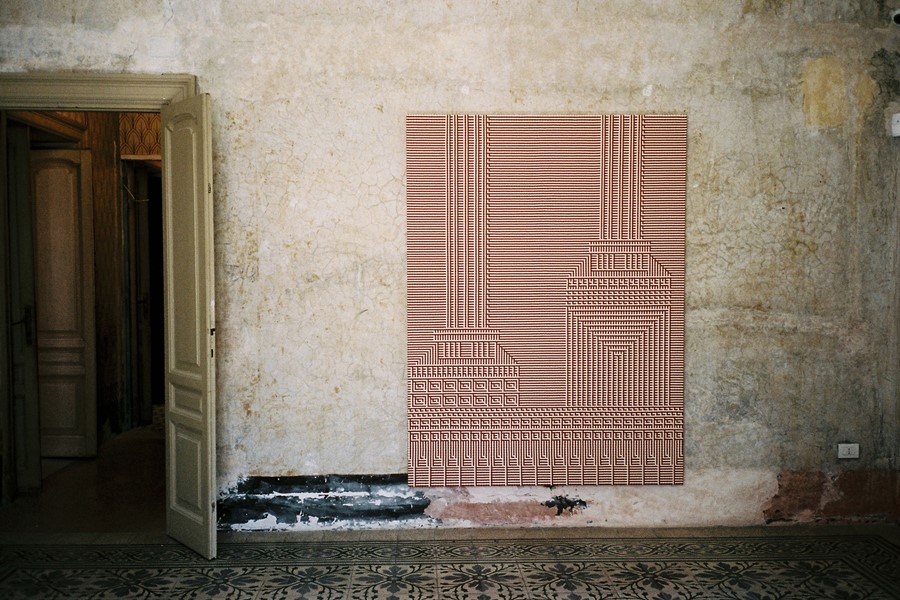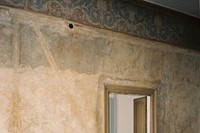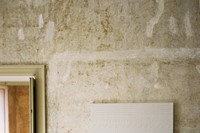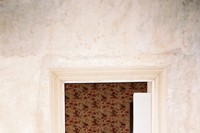The work of two artists – one dead, one alive – are intertwined in the crumbling rooms of a dilapidated Roman palazzo
Who? In the airy space of a building in Rome people walk from room to room, eyes moving between ceiling, wall and floor, where stucco, canvas and sculpture engage in an intensely felt dialogue. Reciprocal Score, at Spazio Independenzia brings together two artists – one living, one deceased – for a collaborative show in a space that is at once alien and yet utterly integral. In taking Charlotte Poseneske’s iconic metal vent-duct units and manipulating them into organic shapes that respond to her own woven canvases, work that is in turn inspired by the architecture of the city, Tauba Auerbach connects the artists with their environment in a conversation that is both opaque and illuminating.
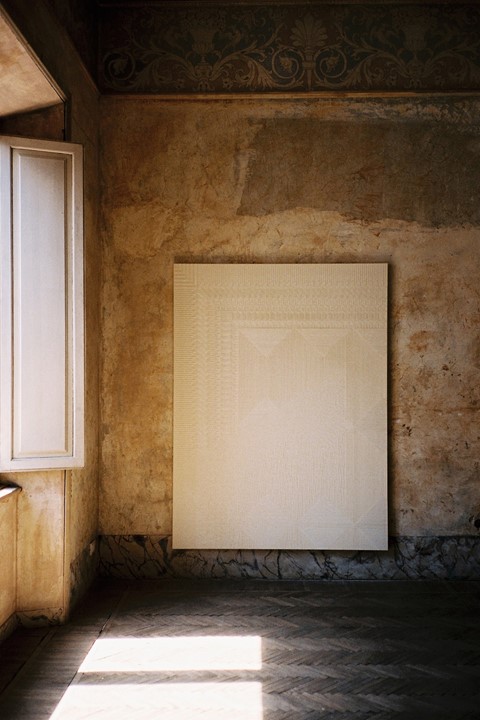
What? Inspired by some of the architectural bordering motifs that she saw during research trips to Rome, along with the classical proportions of the rooms themselves, Auerbach’s work is a gently reflective presence that sits easily in the elegant decay of the space in which it hangs. Poseneske’s structures, on the other hand, are less easily assimilated and there is the sense of Auerbach standing as translator between two people who do not speak the same language.
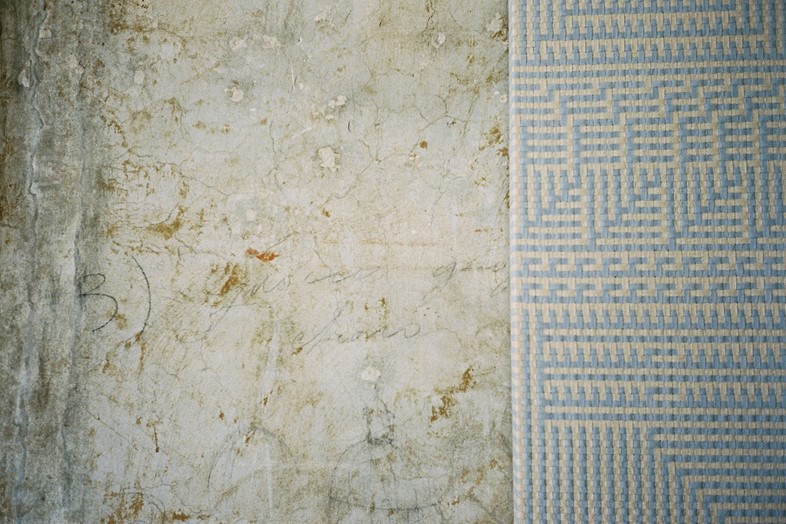
Before she turned to working with sculpture, Poseneske was interested in exploring the spatial qualities of painting and it is here perhaps that her work and Auerbach’s first finds mutual reciprocity. Known for works that play with form – folding and creasing her canvases – Auerbach’s Op-Art influenced works (a 1960s minimalist painting style that creates optical effects by playing with geometric form) evolve past the often overbaked psychedelia and monochrome aesthetic of that era, finding a muted medium in these woven canvases that seem to almost reflect and refract the decorative structures of their surroundings.

Why? Just what the anti-exhibitionist Poseneske would make of her work being displayed in the rarified – albeit dilapidated – environment of a Roman palazzo is hard to tell. There is no doubt though, that Auerbach continues to give life to Poseneske’s egalitarian idea that art can and should be co-created and designed to literally fit with its environment. So, sitting snug against the wall or curled up in the centre of the room, the sharp, metallic shapes find echo and comfort in the subtle presence of the textural canvases, which in turn bring our attention to the topography of their surroundings. And this is Auerbach’s aim – to explore the ‘architecture of connectivity’ that binds all living things, so that as the viewer moves through the space and begins to see the way in which form mutates into form, a feeling of continuity is created, the work as much alive as those who look upon it.
Tauba Auerbach & Charlotte Poseneske is at Spazio Independenzia until July 11.
